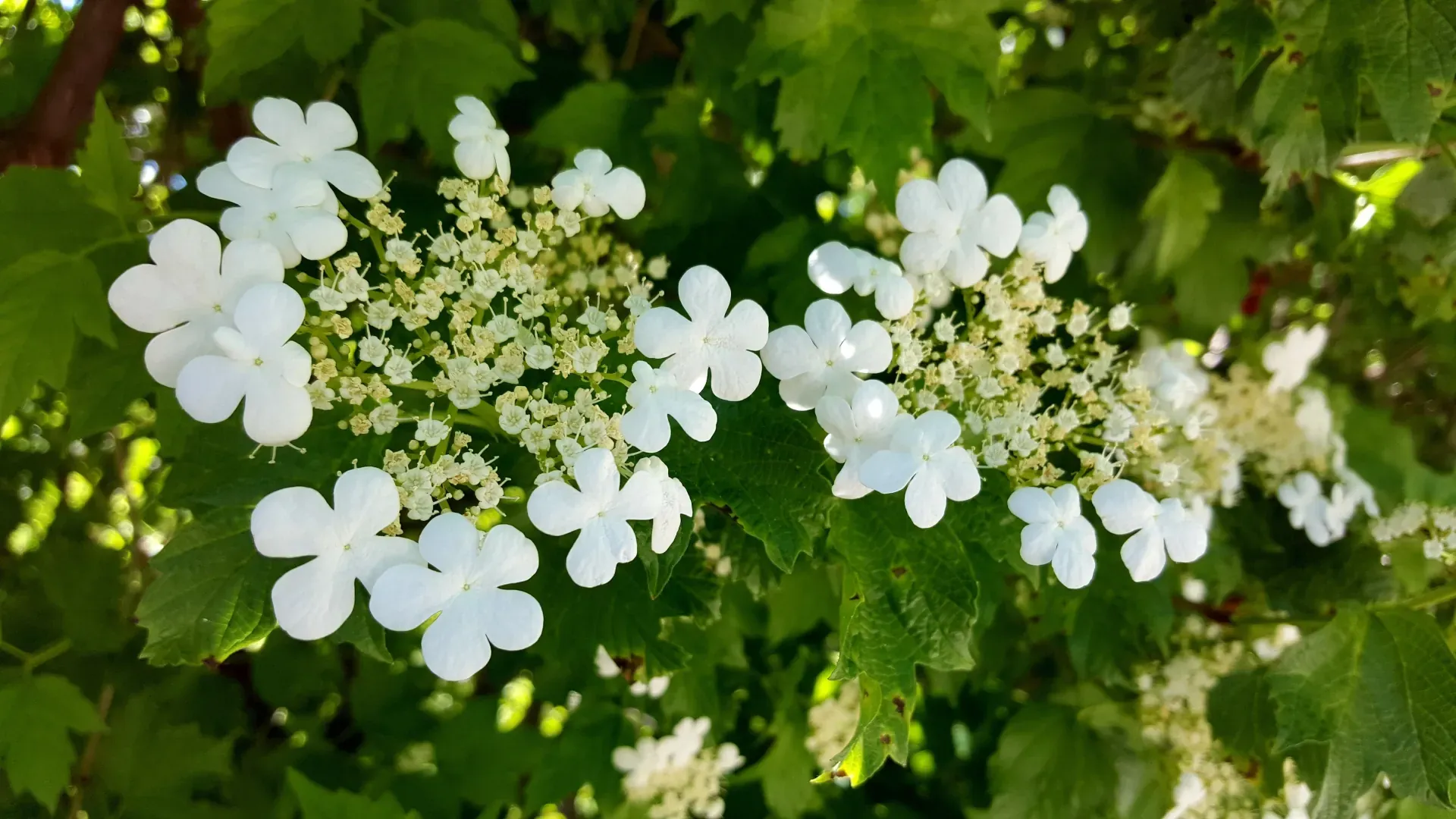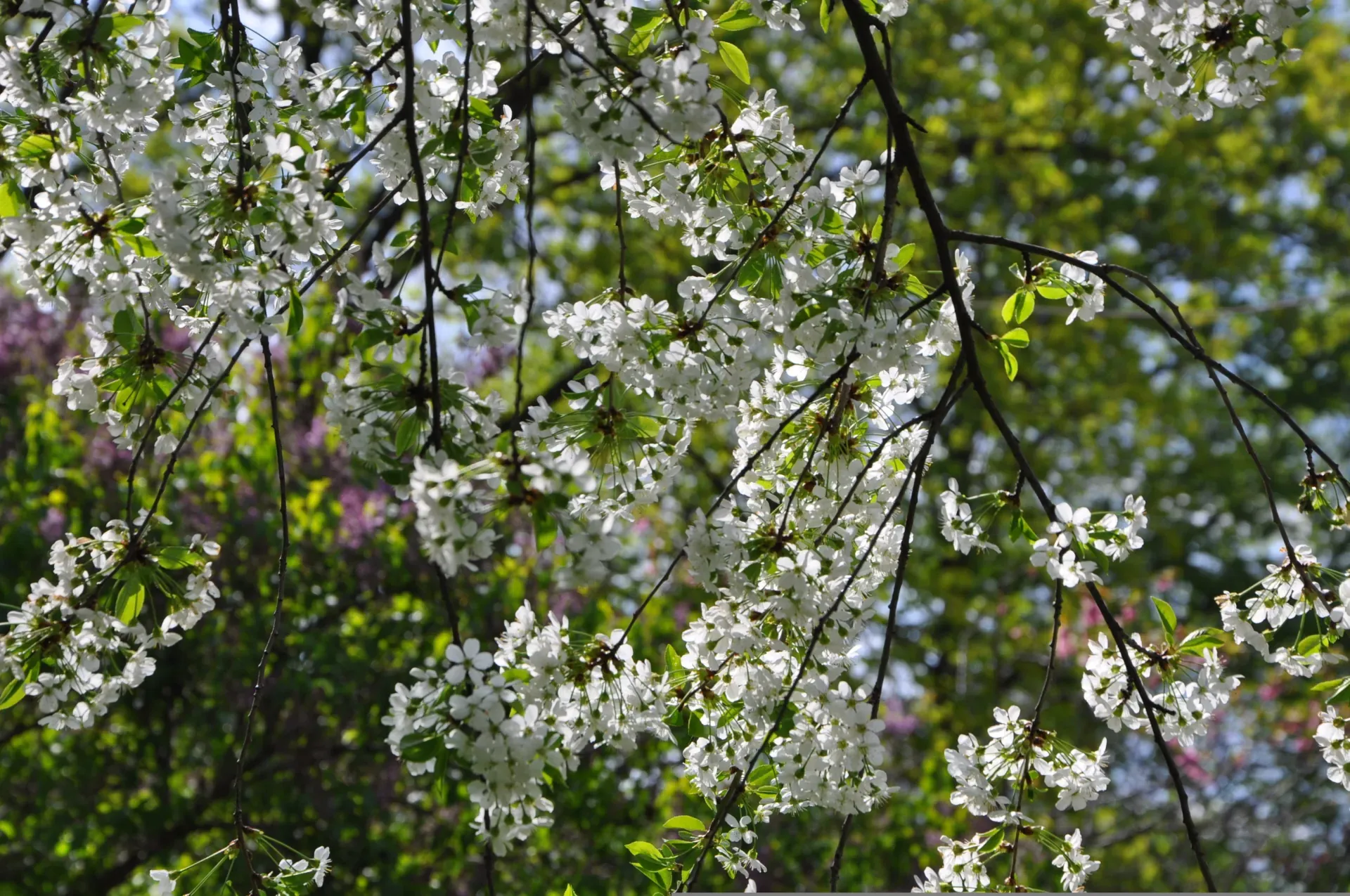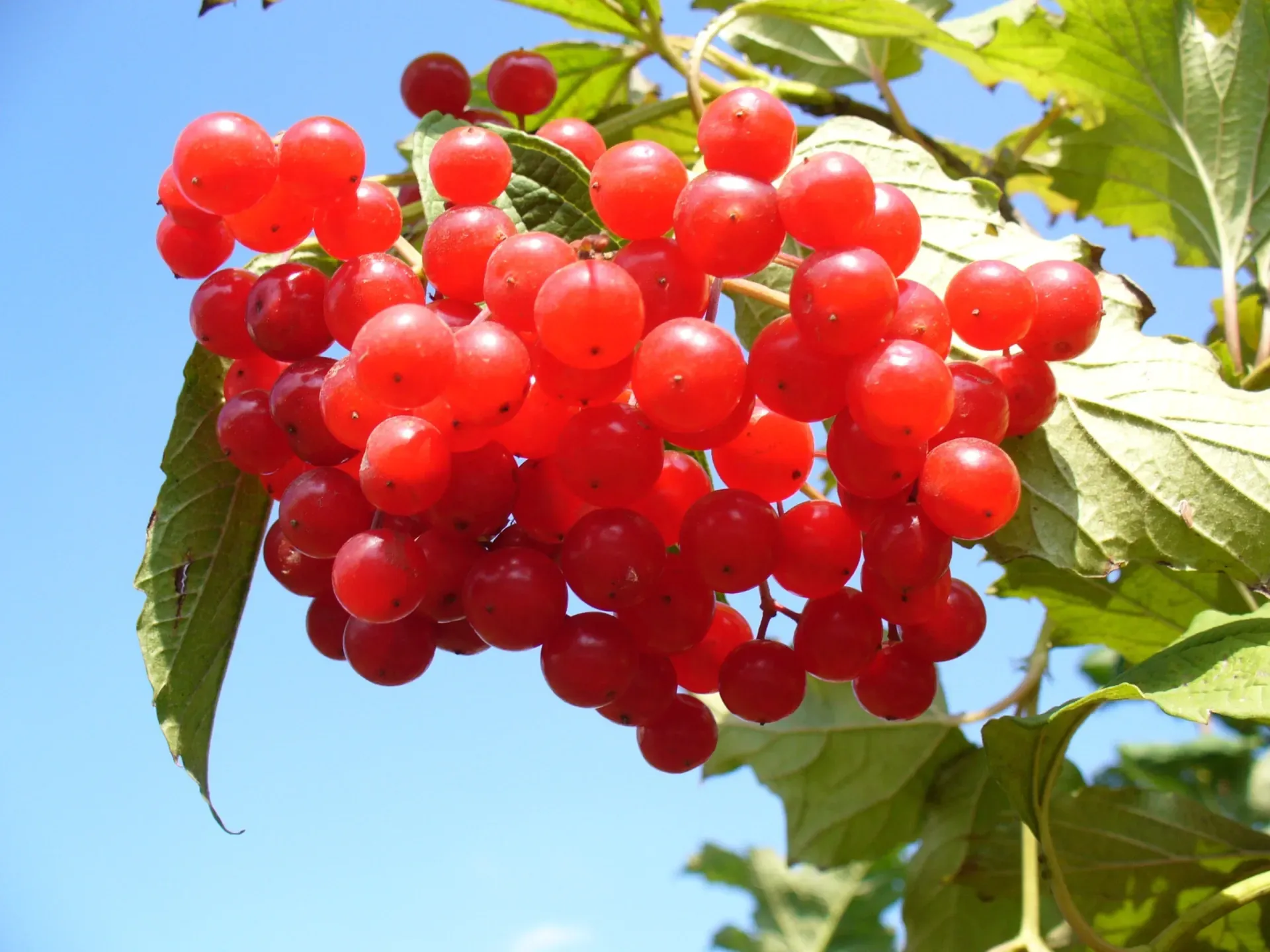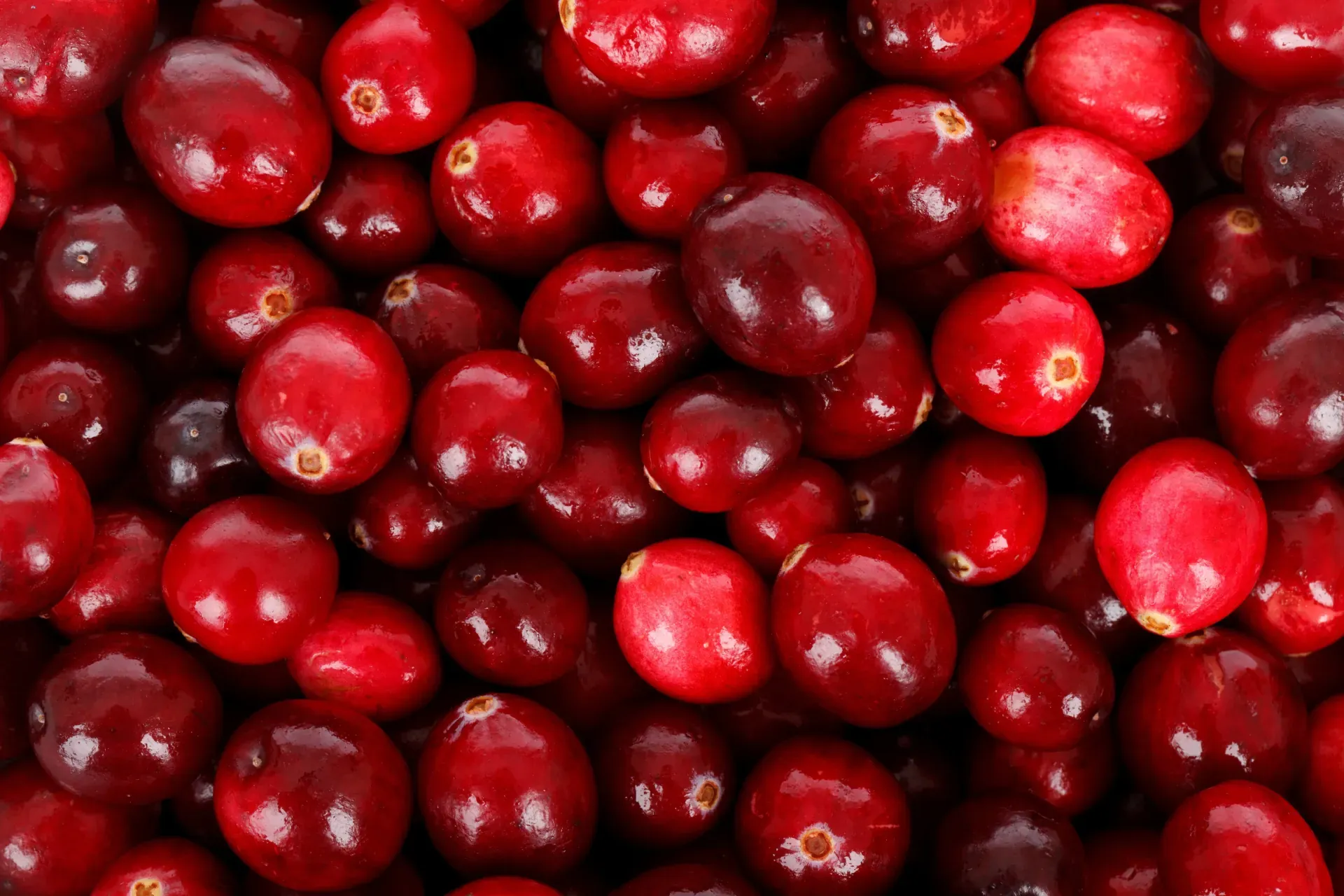Edible Plants of the North Cariboo
High Bush Cranberry
Submitted by: Ted Traer RPF Retired
High Bush Cranberry
| Submitted by | Ted Traer RPF Retired |
| Plant Names - Common | High Bush Cranberry | |
| Plant Name - Latin (Scientific) | Viburnum edule | |
| Plant Name - Indigenous | Secwepemc | t̓neséllp |
| Dakehl | ||
| Tsilhqot’in | ||
| Other English Names | Mooseberry, Squashberry, Moosewood | |

| Botanical Description | A member of the Honeysuckle family, this deciduous, sprawling to erect shrub, spreads from rhizomes and by layering, 0.5-3.5 m tall; twigs glabrous; bark smooth, reddish to grey. Highbush Cranberries get their name from their cranberry-like red berries that grow on tall shrubs, in contrast to true cranberry plants, Vaccinium (Oxycoccus) sp. which are small creeping shrubs or vines | |
| Leaves | Opposite, stalked, elliptic in outline, most shallowly 3-lobed but some unlobed, jaggedly toothed, often with an isolated pair of glandular teeth near the junction of the blade and stalk, glabrous or hairy beneath, especially along the veins, turning crimson in the fall | |
| Stems | The plant spreads from rhizomes and by layering, 0.5-3.5 m tall; twigs glabrous; bark smooth, reddish to grey | |

| Flowers | White flowers bloom in late spring | |
| Seeds | Clusters of white flowers develop into groups of drooping red berries, which have a large flattened seed | |
| Habitat and Range | It is found in moist woods, forest edges, rocky slopes, along streams, and in swamps. It is found throughout BC and across the entire country of Canada and most of the northern states | |

| Parts Used | Fruits are Berrylike drupes, clustered, red or orange, 0.8-1.5 cm long, each with a single, large, flattened stone. The berries are an important food source for people in the central and coastal regions. They were traditionally stored while still hard and green, in boxes with oil and water. Berries became softer and sweeter over time and these boxes were valuable gifts during feasts. The bark is used as medicine for lung colds and as an eye medicine. The berries are important for over-wintering birds. They are one of the few berries that are available all winter | |
| Harvesting Practices | The tart fruits were an important food to many tribes. They were harvested, sometimes while still greenish, or later after the first frost, and stored in boxes with water and oil; becoming softer and sweeter over time. They were sometimes dried. The fruits make excellent jams, jellies, juices, or sauces | |
| Special Considerations / Notes | Raw fruit can cause nausea in some people if it is eaten in large quantities. The bark was taken for coughs and digestive disorders; leaves and twigs were used to make a gargle for sore throats. The stems were used for birch bark basket rims. Highbush Cranberries are eaten by bears and many small mammals and birds. Foliage is browsed by elk, Bighorn Sheep, deer, moose, caribou, beaver, rabbit, and snowshoe hare. The plant also provides cover for small mammals and birds. Butterflies visit the flowers | |

